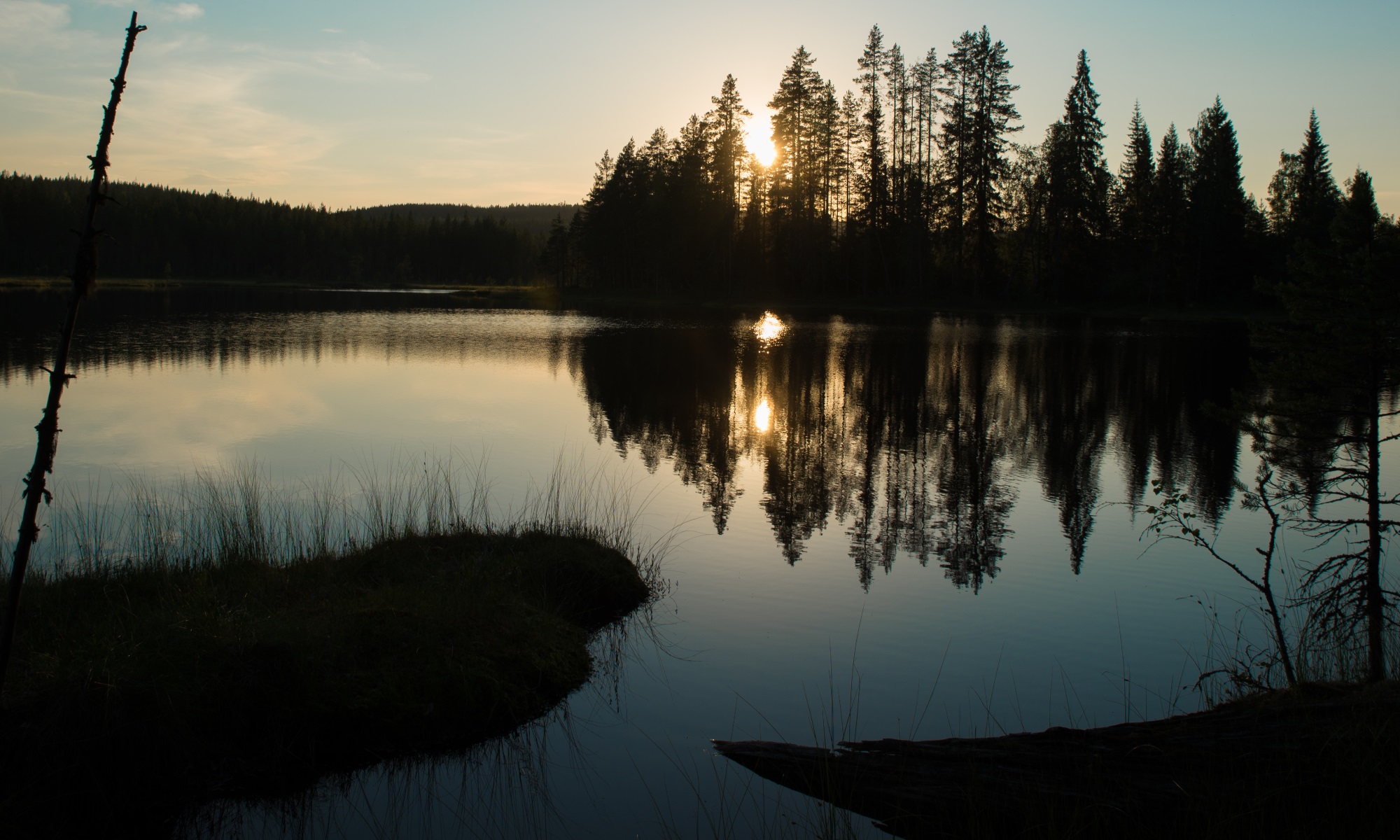Neuvostoliitossa Ukrainaan ympättiin kuitenkin kaksi aluetta, Krim ja Karpaattien länsipuolella sijaitseva Taka-Karpatia, joilla ei ollut juuri mi- tään tekemistä perus-Ukrainan kanssa: niiden väestö oli täysin eri pe- rua, luonnonolot ja elinkeinot täysin erilaiset, ja ne olivat kuuluneet his- toriallisesti muihin kulttuuripiireihin, niissä oli ollut erilaiset yhteiskunta- järjestelmät ja vähemmistökansat, joita ei ollut muualla Ukrainassa. Ne olivat useinkin olleet Ukrainan ”yläpuolella” kulttuurisesti.
Ruteenit ovat kieleltään itäslaavilaistuneista länsibalttilaia galindeja, joka oli muinaisten balttipreussulaisten ryhmä, joka välitti talousellisesti ja kulttuurusesti Kreikan ja länsi-Euroopan pakanoiden välillä.
Tässä Wikissä ruteenien määränä on ilmeisesti sellaiset kotka ilmoitta- vat itsepintaisesti itsensä nimenomaan ruteeneiksi eivätkä ukrainalai- siksi, sillä ruteenijärjetöt ilmoittavat ainakin 20-kertaisia määriä (yhteensä eri maissa).

Taka-Karpatian alueen väestö äidinkielen mukaan Ukrainan vuoden 2001 väestönlaskennassa. Sinisellä ukrainankieliset (mukaan lukien ruteeninkieliset), punaisella unkarinkieliset ja vihreällä romaniankieliset.
Carpathian Ruthenians demand recognition of them as separate nationality, autonomy
March 15, 2015, 1:20 UTC+3
”The congress has set a task to seek recognition of results of the referendum held in 1991,” Ruthenians’ leader Pyotr Getsko said.

KIEV, March 15. /TASS/. Ruthenians of the Trans Carpathian region in Ukraine demand to recognise them as a separate nationality and to be granted a status of autonomy through a dialogue with Kiev, Ruthenians’ leader Pyotr Getsko told TASS on Saturday.
”There has been an event and the decision has been made,” Getsko said. ”The congress decisions have set a task – to demand recognition of the Ruthenians as a separate nationality and to demand through a dialogue that results of the referendum on an autonomy status held in 1991 be implemented. It has not been before but now the direction is towards dialogue and not confrontation.”
”The congress has set a task to seek recognition of results of the referendum held in 1991,” Getsko said.
A congress of Ruthenian organisations in Transcarpathia approved on Saturday a decision to demand from the Ukrainian authorities the recognition of the Ruthenian nationality along with Subcarpathian Rus’ autonomy through a dialogue with Kiev.
”The most significant goal of the Coordination Council is to open and intensify the dialogue with Kiev governmental agencies in order to take a de- cision on possible recognition of the results of referendum held in Transcarpathia in 1991 when 80% of the population actually voted in favour of granting the region a status of autonomy,” says the statement adopted at the congress.
The Ruthenians are East Slavic people, with the population from 1.5 to four million, out of whom the major part reside in Ukraine’s Trans Carpathian region. The name is a Latinized form of the word Russian and the term Little Russians may be also applied to them.
Carpathian Ruthenia (Subcarpathian Rus) was registered as an object of international law in the Treaty of Saint-Germain-en-Laye in 1919.
After the World War II, in 1945, it was abolished and absorbed by Ukraine, then part of the Soviet Union.
In the past 20 years after the collapse of the Soviet Union the Ruthe- nians have been seeking from the Ukrainian government to grant them a status of autonomy and to recognise them as a separate nationality. ”

